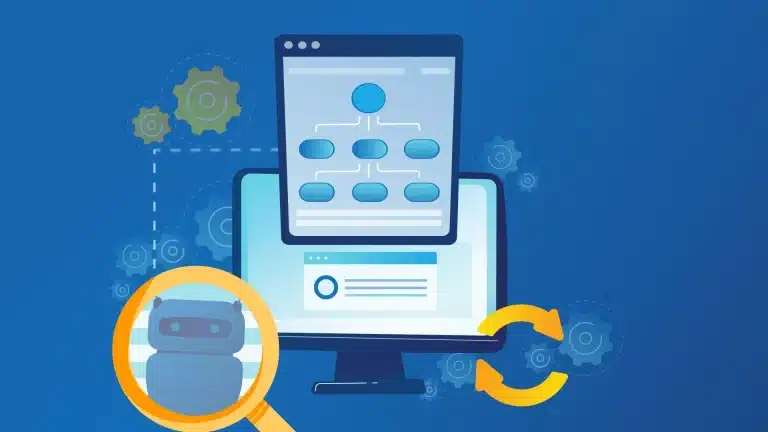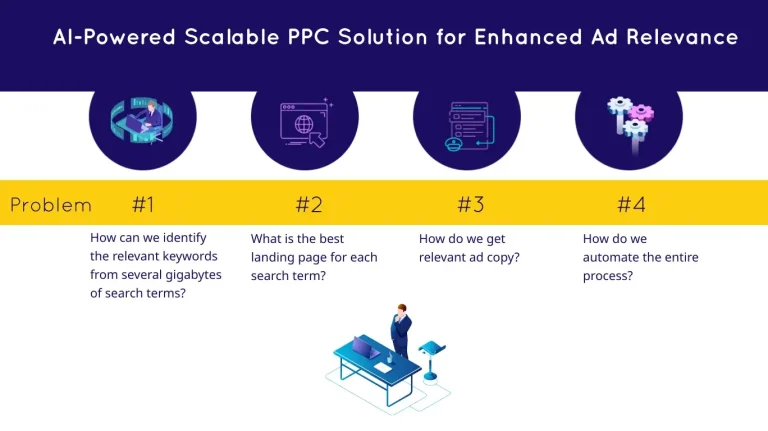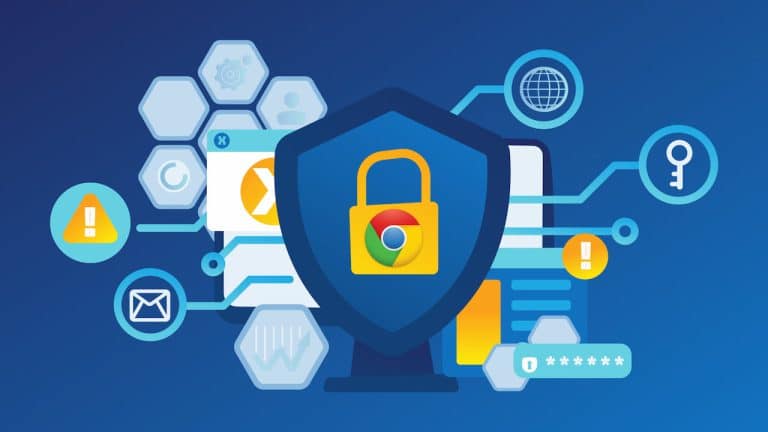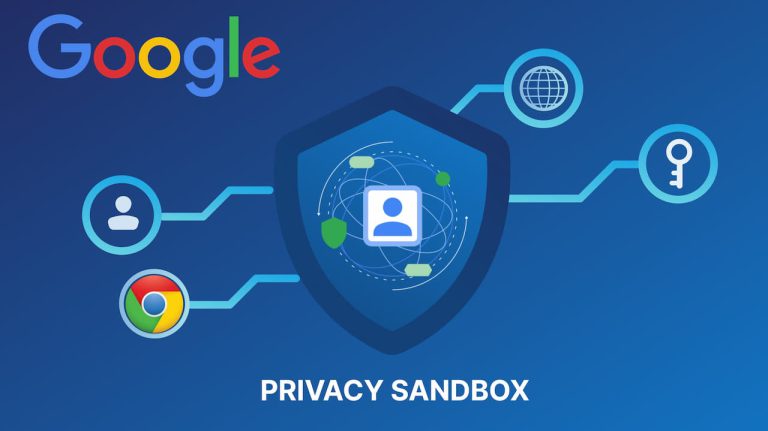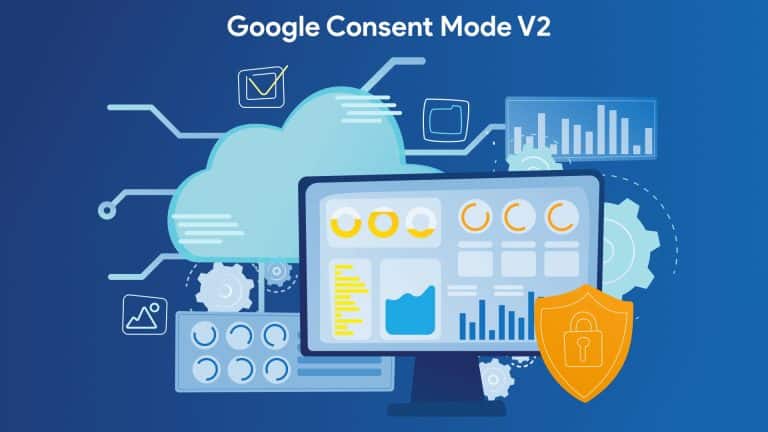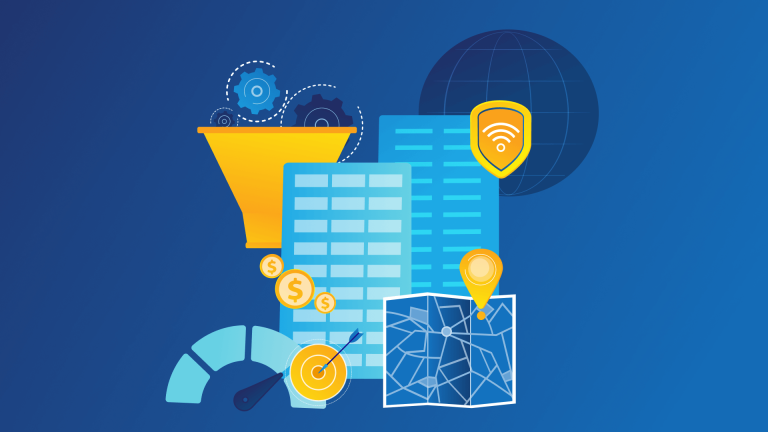How do brands understand what we want to watch or what we want to buy? How do they convince us so quickly? They watch us very closely, that’s for sure. They may know us better than we know ourselves. We may even subconsciously think that they really care about us.
So, what’s their secret? The answer is actually quite simple: through personalized user experiences.
When it comes to increasing conversion rates (CVR) on your website, the most effective way is to improve the user experience. Personalization is an important part of a well-functioning digital marketing strategy because it makes your website interesting, useful, and relevant to every visitor. With personalization, businesses can provide each website visitor with an experience that matches their tastes, preferences, and goals. This means that each user enters a website at the same time, but sees a different version of the website.
For example, you’ve a website that sells nutritional supplements. Suppose some pregnant users are searching for nutritional supplements. After that search, the relevant content for that audience is displayed first. That’s the purpose of personalization. The ultimate goal is to present ads and campaigns to the right users. When the relevant users see the product they’re interested in, they’ll most likely click on it and buy the product.
What’re the benefits of website personalization?
When users click on your link, they go to a landing page prepared by you. Then, if this page has nothing to do with the service, topic, or information they’re looking for, they leave immediately. As you can see, users always have a search goal and want to get to the relevant content without wasting time. Of course, the landing page you create can add a lot of value, but if it doesn’t fit the user’s purpose, you won’t be able to convert them into conversions. Plus, it’s a waste of time and money. However, personalization can help you retain many of your target audiences and turn those leads into real customers faster.
For example, users who visit your e-commerce site are unlikely to buy anything the first time. However, you can predict what your visitors want based on previous searches, etc. The sales cycle will accelerate if you personalize the user experience and show them content or products that interest them.
Does every store really need personalization? Ask yourself a few questions. How extensive is your product catalog? If all your products are on a single page, personalization may not make all the difference for your store. If you’re running a new website, it may also be a waste of time to focus on personalization without building your audience. How can personalization algorithms analyze without data?
How do you implement personalization?
You can personalize your website by using users’ profile information or creating audience segments based on your campaigns. You may want to grow your audience and design your website to attract new audiences. However, in doing so, companies fail to target their old audience. As a result, the old audience turns away from the platform that no longer appeals to them. Personalization is an effective way to bring users back to the website. Salesforce reports that 38% of consumers claim they’ll not return to an online store that recommends things that aren’t useful to them.
1. Product recommendation
You can use recommendations on your website in a number of ways. For example, on the home page, in the product description, at checkout, etc. Moreover, recently viewed products are another notable suggestion option. When users return to your website, they can easily find the product they want among the recently viewed products.
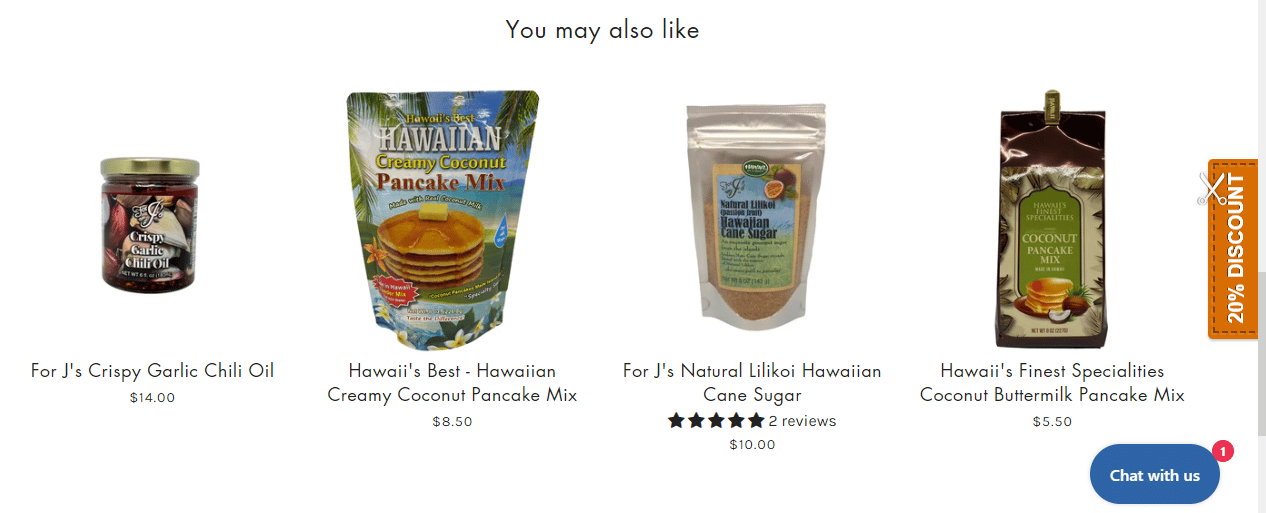
2. Banner
You can offer users personalized banners based on their browsing and buying behavior. You need a personalization solution to deliver a personalized banner for each visitor. Until you find a solution, you can use different banners like bestsellers, popular products, or promotions.
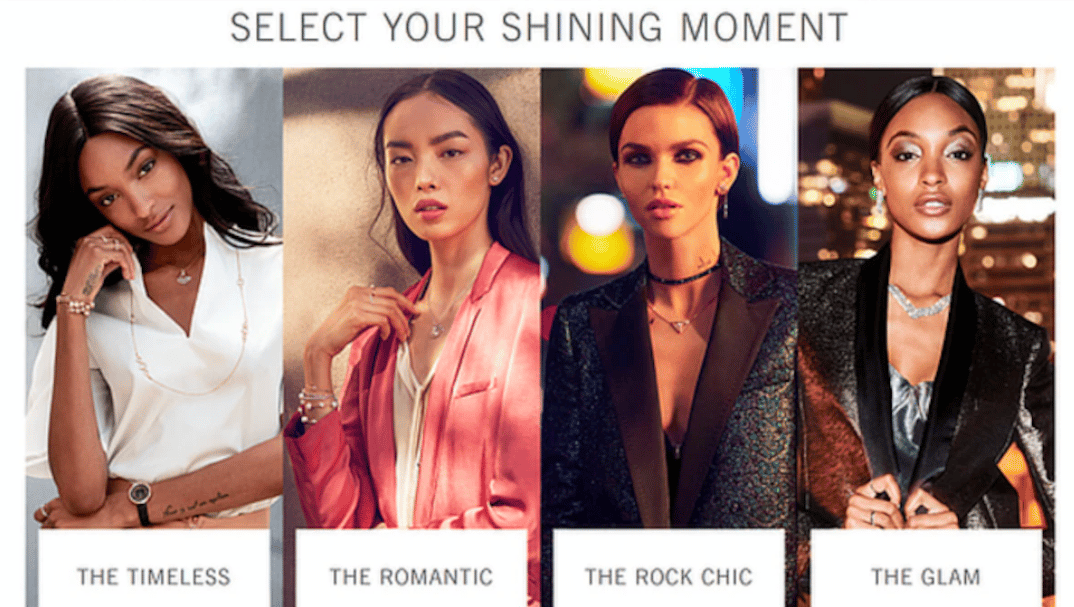
3. Navigation menu
If you’ve a wide range of products on your website, you can personalize the navigation menu. It’s a good start to create audience segments based on browsing history to create personalized menus. For example, when new users visit your website, they see a regular menu. When they return to your website, they may see personalized menus based on which categories they visited previously.

4. Push notification
If you know which products users have already viewed, you can encourage them to buy with sales notifications. These notifications can create urgency and prompt them to make a quick purchase decision. Details like the countdown tool, the number of visitors who’ve viewed the product, or the inventory information will make them feel like they should buy the product as soon as possible.
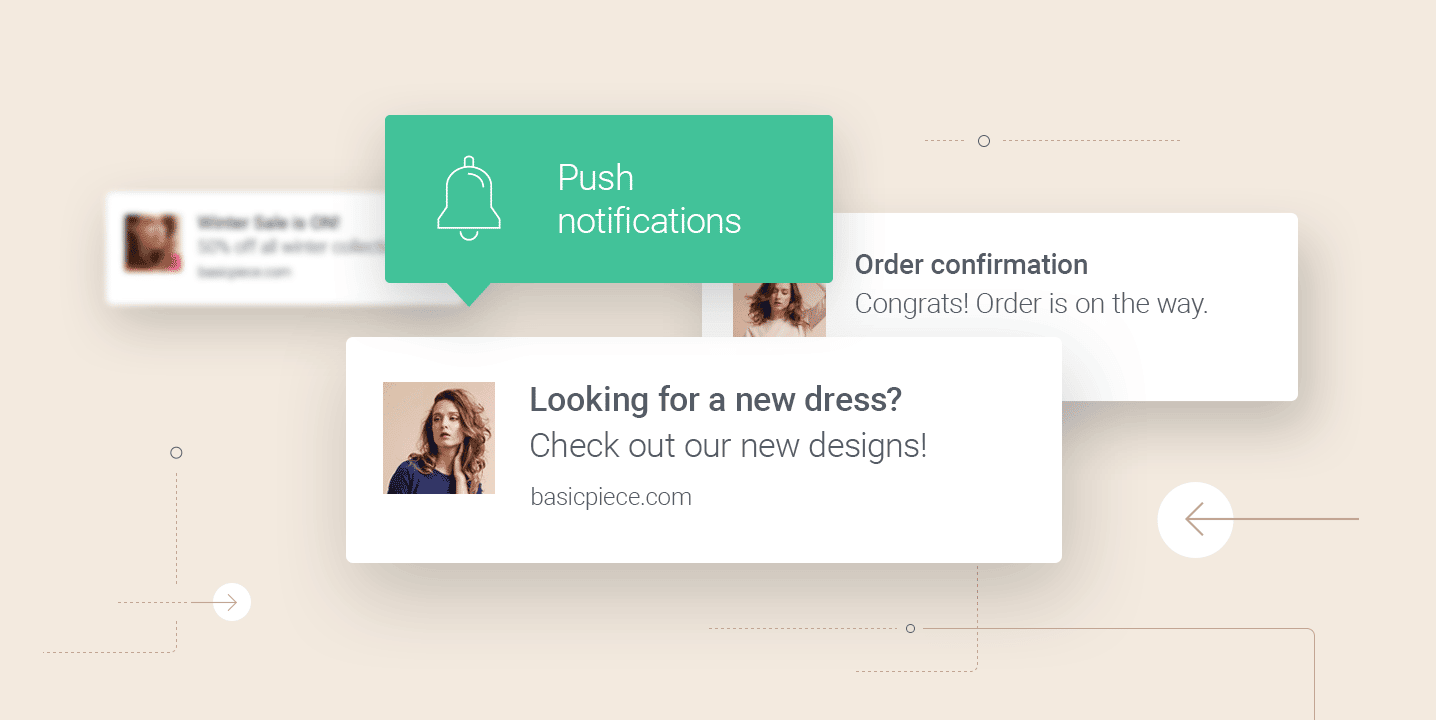
5. Pop-ups
Pop-ups can both benefit and harm your business. If you want to include a pop-up on your website, you should use it properly. However, you can display different pop-ups to different audiences, depending on their interests and actions. For example, you can offer discounts to users who visit your website for the first time.
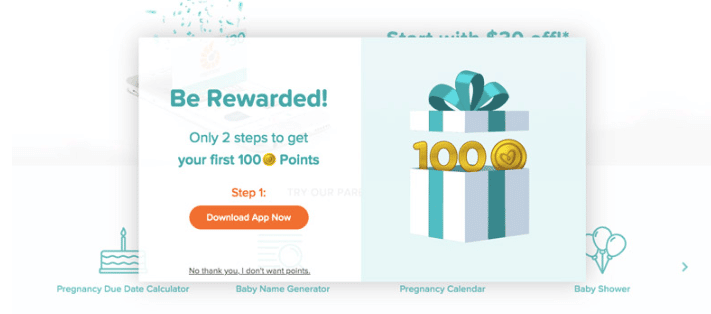
6. Geo-based personalization
With geographic personalization, you can offer users things related to the region they live in. For example, let’s say you have a business in Canada. During the winter months, you can show users products that will protect them from the cold. If you show people summer clothes here, it will be a waste of time.
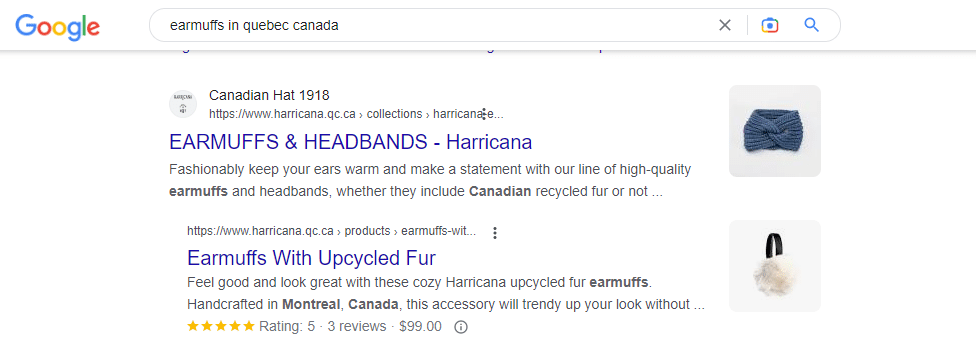
Pay attention to data privacy
With each milestone, you gain a better understanding of your visitors’ needs. Therefore, you can provide them with a more effective, personalized user experience. Understanding your audience, providing them with value, and accelerating the process for them will help you achieve the conversion you’re aiming for. Understandably, you need high-quality data to do this. The more data you collect, the better you can analyze it and develop solutions. But while consumers want a personalized user experience, they also want their privacy protected. So they don’t want that data sold to third parties. You can give users more control over their data. That creates trust and loyalty between the brand and the audience.
Conclusion
Personalization has a great impact on users’ purchasing decisions. Companies are aware of this and are starting to give importance to personalization without wasting time. Too many options can be confusing and boring for users because they want to achieve their search intent in the fastest and easiest way. Remember that almost every user knows what they need. If you offer users irrelevant product options, they’ll feel confused. This then causes them to visit another website and make a purchase. When you provide a personalized user experience, you speed up the buying process and ensure that the user buys the product they’re looking for from you. When irrelevant options are reduced, it’s easier for the user to decide.
